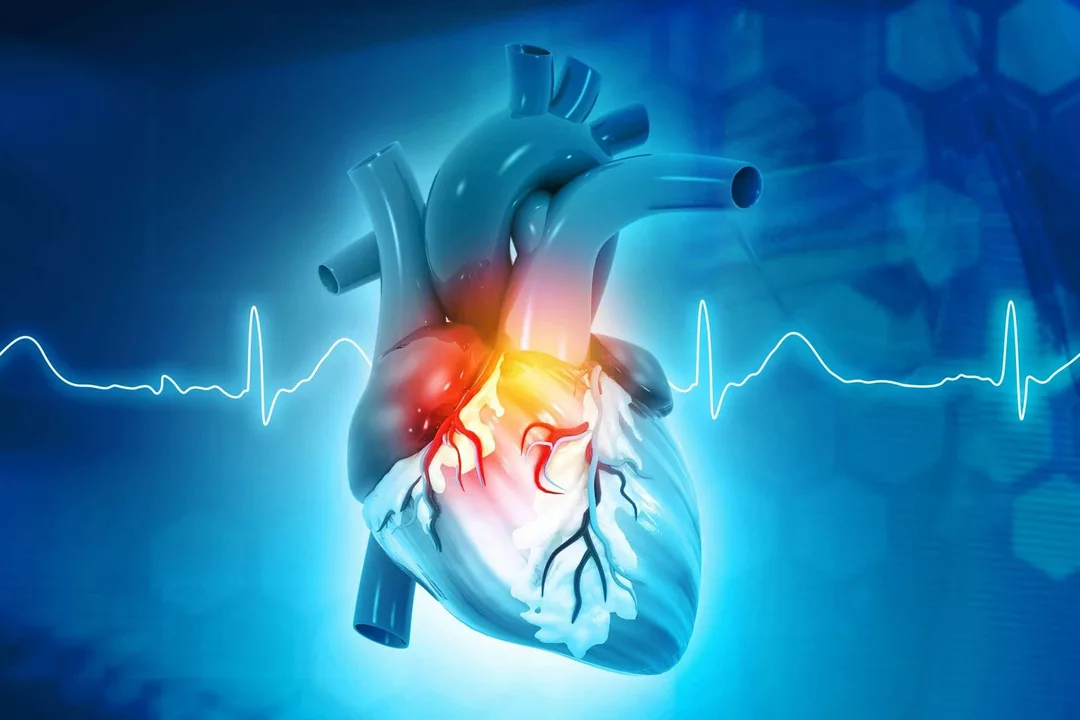Cardiovascular health: simple steps you can use today
Heart attacks and strokes often come from things you can change. Small, consistent actions make a big difference. Below are clear, practical steps you can start now—no fancy diets, no weird gadgets.
Easy checks and daily habits
Know your numbers: get your blood pressure, fasting cholesterol and weight checked at least once a year. High blood pressure and high LDL cholesterol are two of the biggest, most treatable risks for heart problems.
Move in short bursts: 30 minutes a day of moderate activity helps, but you can break it into three 10-minute walks. Walking, cycling, or brisk household chores count.
Swap smart on food: aim for veggies, whole grains, beans, and lean proteins. Cut back on processed foods, sugary drinks, and too much salt. Cooking at home three times a week already changes your average intake.
Manage stress and sleep: chronic stress and poor sleep raise blood pressure and inflammation. Try simple routines—15 minutes of quiet time, a consistent bedtime, and fewer screens before sleep.
Skip smoking and limit booze: quitting smoking lowers heart risk fast. If you drink, keep it moderate—no more than one drink a day for women and two for men.
Medication, monitoring, and safe buying
If your doctor prescribes meds—like blood pressure drugs (metoprolol/Toprol), cholesterol pills, or ACE inhibitors—take them as directed. They cut risk a lot when taken consistently.
Watch for side effects and ask questions. For example, ACE inhibitors can cause angioedema (swelling) in some people—get immediate care if your face or throat swells. If one drug causes trouble, there are safe alternatives your doctor can switch to.
Buying meds online? Use caution. Our site has guides on checking online pharmacies, spotting scams, and how to find legitimate suppliers. Look for pharmacies that require a prescription, show contact info, and have clear return policies. Avoid sites that sell prescription drugs without any prescription at all.
Home monitoring helps you stay on track. A reliable blood pressure cuff and a notebook (or phone app) let you spot trends and bring useful data to your doctor. Many people adjust meds based on measured patterns, not just a single reading in the clinic.
Small changes add up. Lowering your systolic blood pressure by 10 mmHg or cutting LDL cholesterol by 30% cuts heart attack risk noticeably. That’s achievable with diet, movement, and the right meds.
Want to dig deeper? Check the specific articles tagged here for guides on medications, safe online pharmacies, and condition-focused tips. Pick one habit to start this week—walk after dinner, swap soda for water, or book a BP check—and build from there.

